Do you ever notice how your behavior changes when you're with different people? The people around us can shape how we act at school, home, or with friends. This is known as the effect of others on individual behavior. Let's explore how this works and why it’s important to understand.
I. Understanding Social Influence
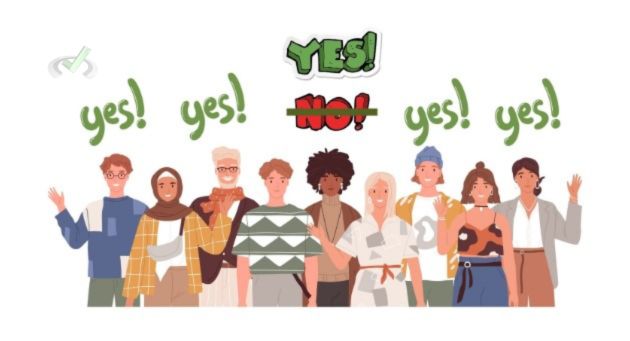
Conformity
Conformity is when we change our behavior to match the group. This often happens because we want to fit in or believe the group is correct. For example, if everyone in your class says they like a particular TV show, you might say you like it too, even if you don't.
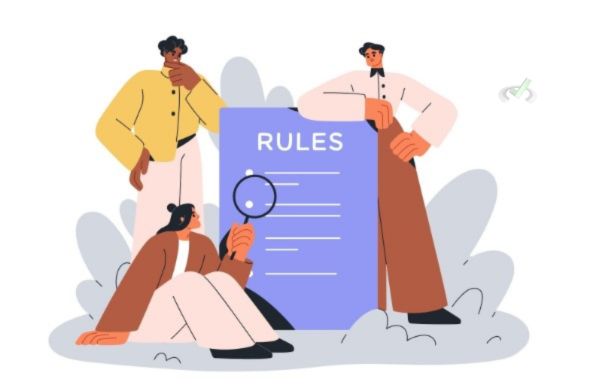
Compliance
Compliance is when we change our behavior in response to a direct request from someone else. We might comply to gain rewards or avoid punishment. For instance, if a friend asks you to help them with their homework, you might agree even if you're busy because you want to keep the friendship strong.
Obedience
Obedience is when we follow orders from someone in authority. This can happen even if we disagree with the order. For example, you follow a teacher's instructions to complete an assignment by a deadline, even if you don't want to.
II. Factors Affecting Social Influence
Several factors can affect how much others influence us.
Group Size
The size of the group can impact how much we conform. Larger groups usually exert more pressure to conform. For example, if ten people say the answer is "A," you might agree with them, even if you think it's "B."
Unanimity
If everyone in the group agrees, we are more likely to conform. A single person dissenting can reduce the pressure. For instance, if one person in the group says the answer is "B" while others say "A," you might feel more confident to stick with "B."
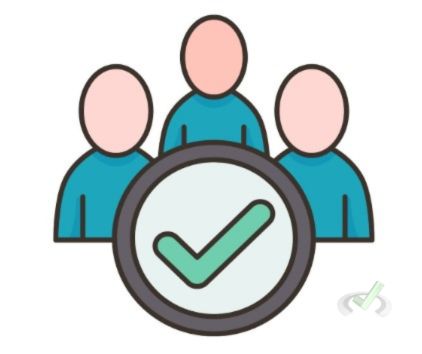
Cohesion
Groups that are close-knit or have strong bonds can influence their members more than less cohesive groups. For example, you might feel more pressure to conform to your best friends’ opinions than acquaintances.
Status
People with higher status or authority within a group can have more influence over others. For example, you might follow the lead of a popular student or a respected teacher more readily than a peer you don’t know well.
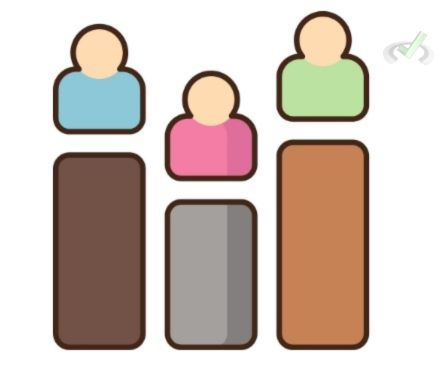
Public Response
We are more likely to conform when we respond in front of others rather than privately. For example, you might agree with the group during a class discussion but have a different opinion when writing an essay alone.
III. Theories of Social Influence
Several theories explain why and how social influence works.
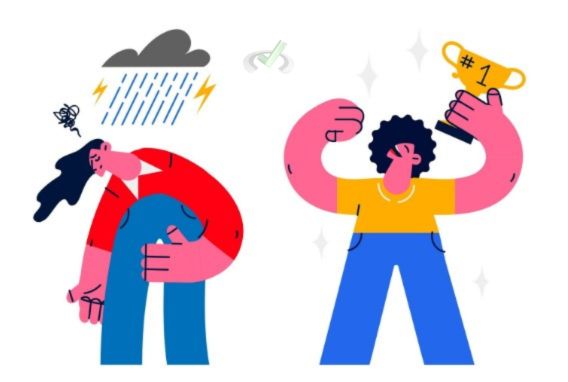
Social Comparison Theory
This theory suggests that we determine our social and personal worth based on how we stack up against others. For example, you might feel good about your test score until you learn that others scored higher.
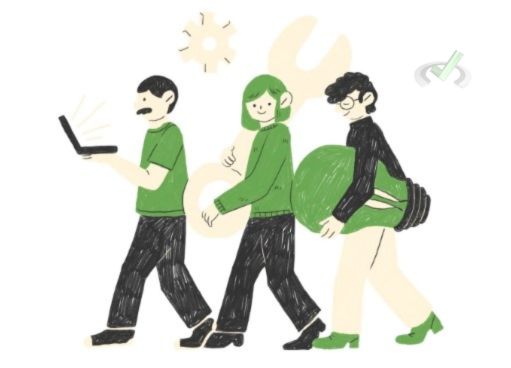
Normative Social Influence
We conform to be liked and accepted by others. This type of influence often leads to public compliance rather than private acceptance. For example, to fit in, you might laugh at a joke in a group, even if you don't find it funny.
Informational Social Influence
We conform because we believe others have accurate information. This type of influence often leads to private acceptance. For example, if you're unsure of an answer on a test and see others choosing "B," you might also select " B, " thinking they know better.
IV. Effects of Social Influence
Understanding social influence helps us see how others can shape our behavior in positive and negative ways.
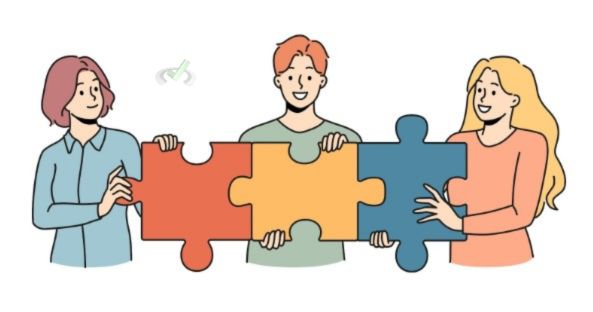
Positive Effects
- Encourages cooperation and social harmony. Conforming to group rules can help a team work together smoothly.
- It helps us learn from others and adapt to social norms. For example, seeing others study hard can motivate you to do the same.
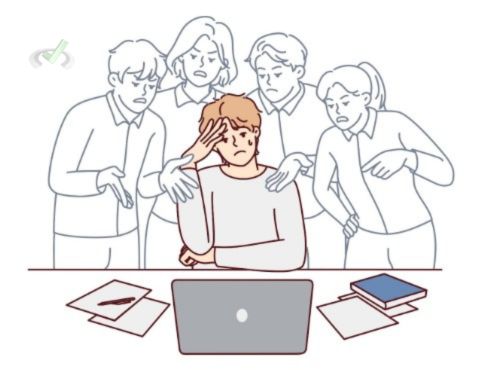
Negative Effects
- It can lead to negative behaviors like peer pressure or groupthink. Groupthink is when a group makes faulty decisions because of pressure to agree.
- It may cause a loss of individuality and critical thinking. For example, you might choose a harmful plan because you don’t want to stand out.
V. Coping with Social Influence
Knowing how social influence works can help us manage its effects on our behavior.
Develop Self-Awareness
Understanding when and why we conform can help us make more conscious choices. For example, recognizing peer pressure can help you decide whether to follow the group.
Seek Diverse Perspectives
Exposure to different viewpoints can reduce the pressure to conform and encourage critical thinking. For example, discussing a topic with people from different backgrounds can help you form a well-rounded opinion.
Assertiveness Training
Learning to assert our own opinions and decisions can help us resist undue social pressure. For example, practicing saying "no" can make it easier to stand up for yourself.
VI. Bridge/Overlap
The study of social influence connects to other important areas in psychology and beyond.
Group Dynamics
Understanding social influence helps explain how groups form, interact, and make decisions. For example, studying group dynamics can reveal why some teams are more effective than others.
Social Identity
Social norms and pressures influence our social identity or how we see ourselves in groups. Understanding social identity can help explain behaviors in different cultural contexts.
Mental Health
Social influence can impact mental health. Positive social support can improve well-being, while negative peer pressure can contribute to stress and anxiety. For example, being part of a supportive community can help reduce stress.
Cognitive Dissonance
Cognitive dissonance is the discomfort we feel when our beliefs and behaviors are inconsistent. Understanding social influence can help explain why people might change their beliefs to align with their behaviors when influenced by others.
Behavioral Economics
Social influence can impact decision-making and economic behavior, which is relevant to understanding consumer behavior and market trends. For example, social proof, where people copy the actions of others, is a powerful marketing tool.
VII. Wrap Up/Key Terms
Let's summarize the key points:
Social Influence: How others affect our thoughts, feelings, and behaviors.
Conformity: Changing behavior to match the group.
Compliance: Changing behavior in response to a direct request.
Obedience: Following orders from an authority figure.
Normative Social Influence: Conforming to be liked and accepted.
Informational Social Influence: Conforming because we believe others have accurate information.
Groupthink: When a group makes faulty decisions because of pressure to agree.
Cognitive Dissonance: The discomfort we feel when our beliefs and behaviors are inconsistent.
Social Comparison Theory: We determine our social and personal worth based on how we compare.
VIII. Practice
Test your understanding with these questions:
Sample Practice Question 1
What is conformity?
A. Following orders from an authority figure.
B. Changing behavior to match the group.
C. Changing behavior in response to a direct request.
D. None of the above.
Ans. B
Conformity involves changing one's behavior to align with the group, often to fit in or because one believes the group is correct.
Sample Practice Question 2
Which factor does not affect social influence?
A. Group size
B. Cohesion
C. Unanimity
D. Personal hobbies
Ans. D
Personal hobbies are individual interests that do not influence how likely we are to conform to social influence factors like group size, cohesion, and unanimity.



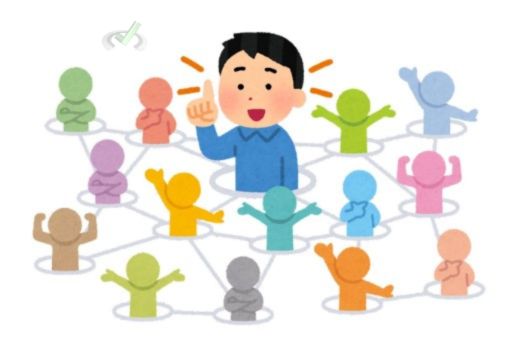





 To help you achieve your goal MCAT score, we take turns hosting these
To help you achieve your goal MCAT score, we take turns hosting these 





















 reviews on TrustPilot
reviews on TrustPilot